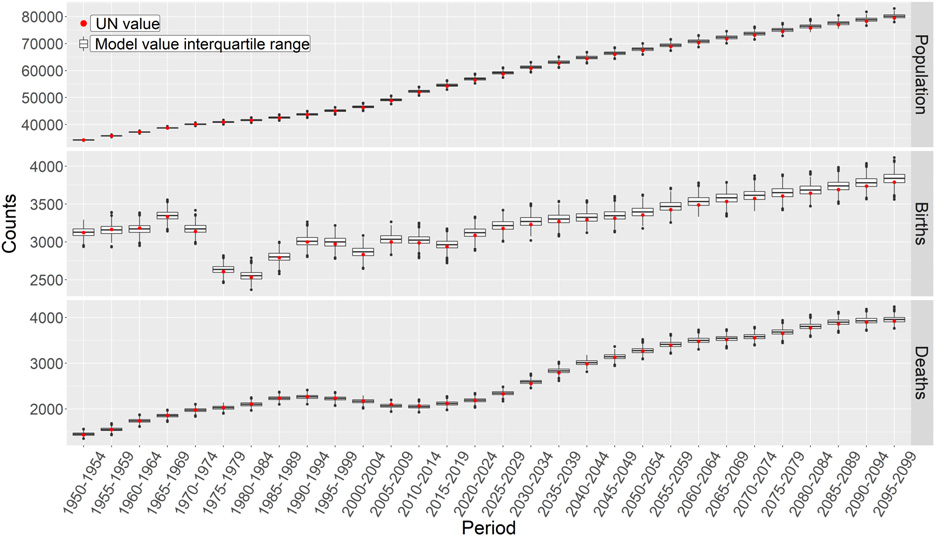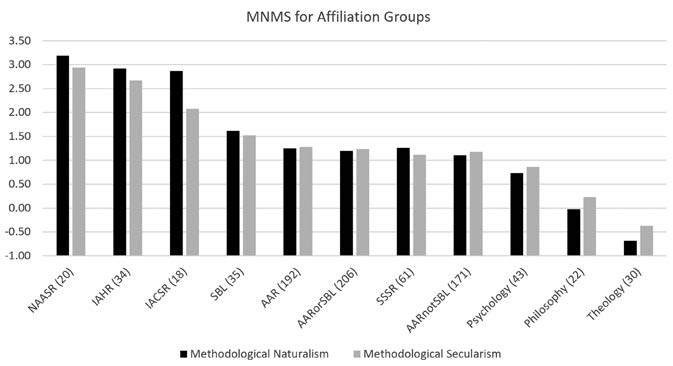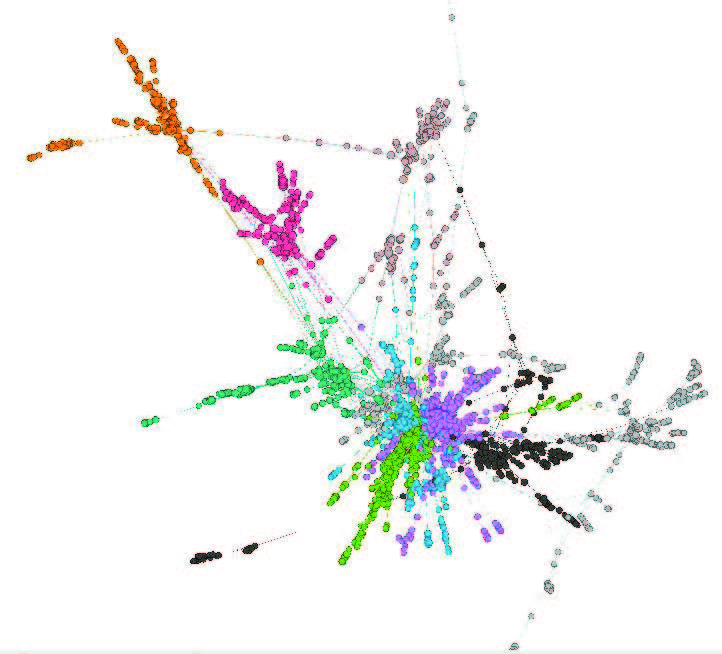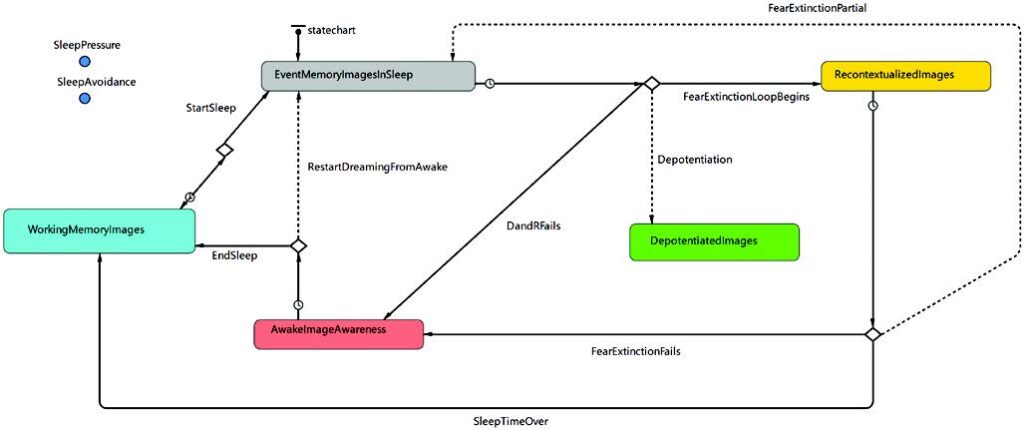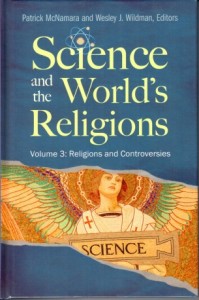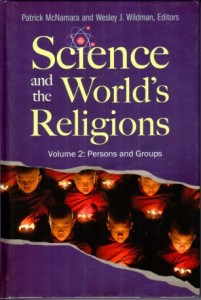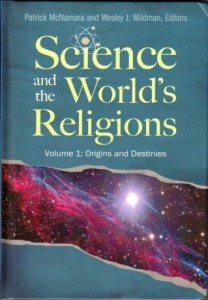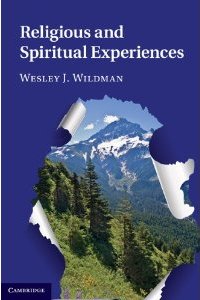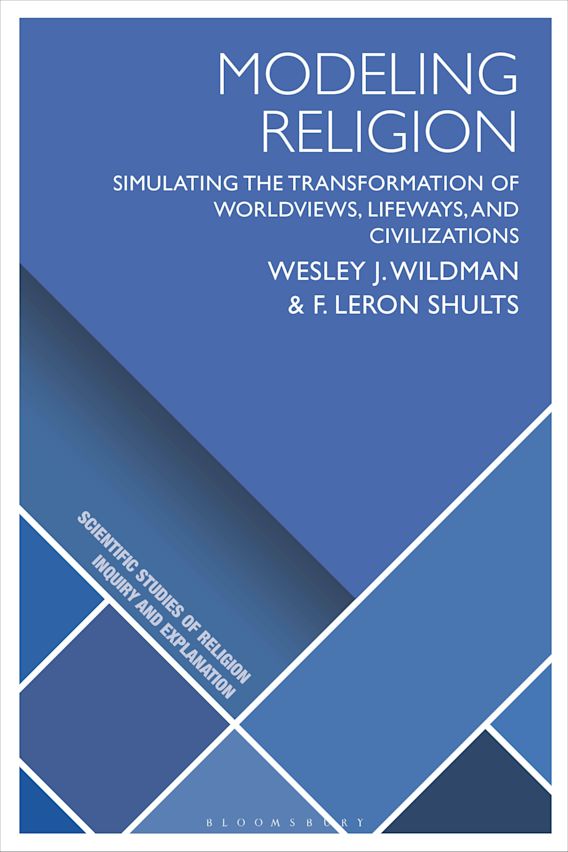
LeRon Shults and I wrote a book about the long history of human civilization and religion. It uses computational social simulation to reconstruct the deep past and to peer a little way ahead. Ten years in the making, this book represents an incredibly satisfying collaboration with a gifted scholar, and a marvelous friend. Over the years, I have concluded that these kinds of friendships are one of the best parts of the scholarly life. But it’s also cool to introduce a book of this kind. Computational humanities scholars and computational social scientists will naturally be drawn to a book featuring computational social simulations. But the book is for everyone interested in the human journey on planet earth since the birth of civilization, including the roles religion has played along the way. Read more here.

